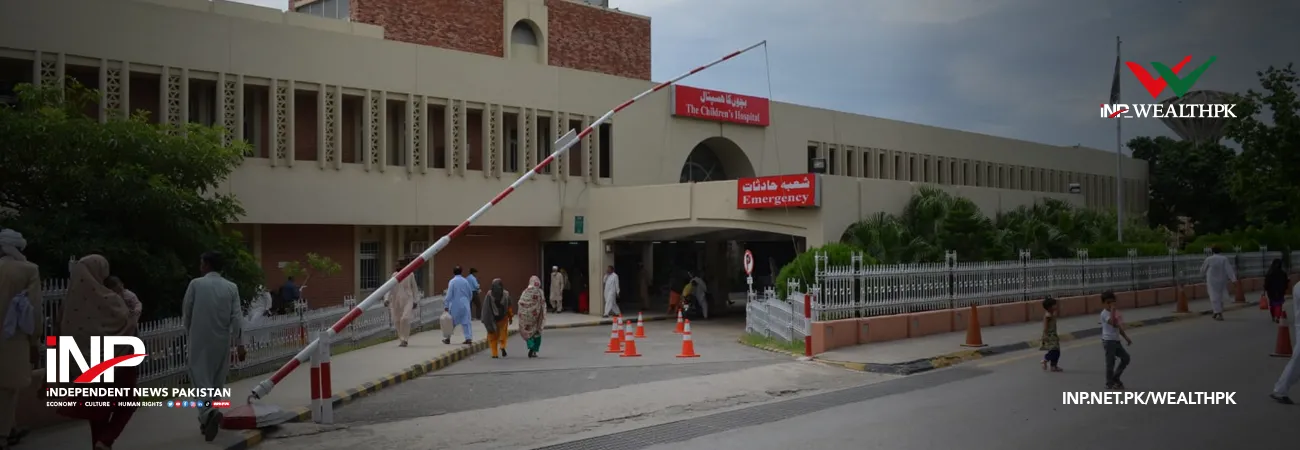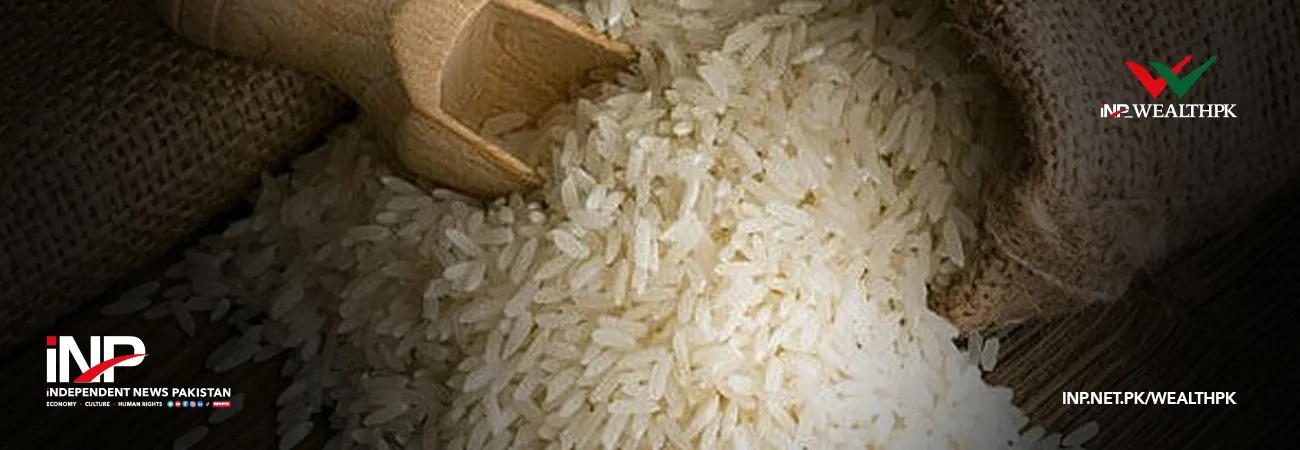INP-WealthPk
Arsalan Ali
Crop insurance can help mitigate the sufferings of millions caused by natural hazards like floods as agriculture turns out to be the worst victim of a catastrophe.
The recent flash floods have disproportionately affected low-income households, pushing millions more into poverty in Pakistan.
Dr Shafqat Munir, head of the Sustainable and Resilient Programme at Sustainable Development Policy Institute (SDPI), a think tank, old WealthPK that climate change and inequality are intimately connected. He added that flash floods affected the living standard of people and plunged millions of people into poverty, thus widening the gap between the rich and the poor.
The World Bank estimates that flash floods in Pakistan could increase poverty rates by 2.5 to 4 percentage points, affecting between 5.8 and 10 million people.
Shafqat Munir said that inequality among provinces would also increase because Sindh and Balochistan were the most affected provinces by the floods.
According to him, most of the people affected by floods migrated to urban areas, putting pressure on the resources available there. He added that people, who worked in the informal sector, were the most vulnerable due to floods. “Many of them have lost their jobs, which would also increase inequality between and within districts.”
Munir continued that people working in the informal sector lived in areas that were prone to flooding and relied on cropland for their living.
He said floods might impose longer-term effects on the welfare of people and constrain development opportunities in affected areas, particularly in those regions where coping capacity was limited and risk was not fully insured.
He maintained that global economic costs and human impacts of flooding were likely to rise, perhaps substantially, over the coming decades.
He went on to say that development planning needed to account for these rising risks. “This underscores the need to develop a better understanding of current exposure and vulnerability to climate hazards as a prerequisite for launching sustainable and climate-resilient forms of development.”
The SDPI expert said that serious, practical and dynamic actions were required to strengthen adaptive capacities and build resilience in communities vulnerable to climate-related disasters.
He added that the Local Adaptation Plan for Action (LAPA) was critical in that regard because it assisted communities in better understanding the impacts of climate change and future uncertainties in climatic conditions, as well as engaging them in practices of developing adaptation interventions in their local climate context.
According to him, LAPA enabled communities to understand changing and uncertain climatic conditions and effectively participate in developing adaptation priorities.
He added that Benazir Income Support Programme, which has distributed Rs63 billion to flood-affected people, might keep the recipients from falling further into poverty.
He recommended improving coordination between the government departments and other stakeholders, considering construction of small dams, and putting in place an efficient early warning and evacuating system to help protect against climate change-related damages.
He said that LAPA could aid local and national planning by identifying the most vulnerable areas, as well as their adaptation challenges, opportunities and potential activities.
Shafqat Munir said that crop insurance would help in the cost-effective mitigation of the growing negative impact of climate risks on people’s livelihoods.
Credit : Independent News Pakistan-WealthPk













